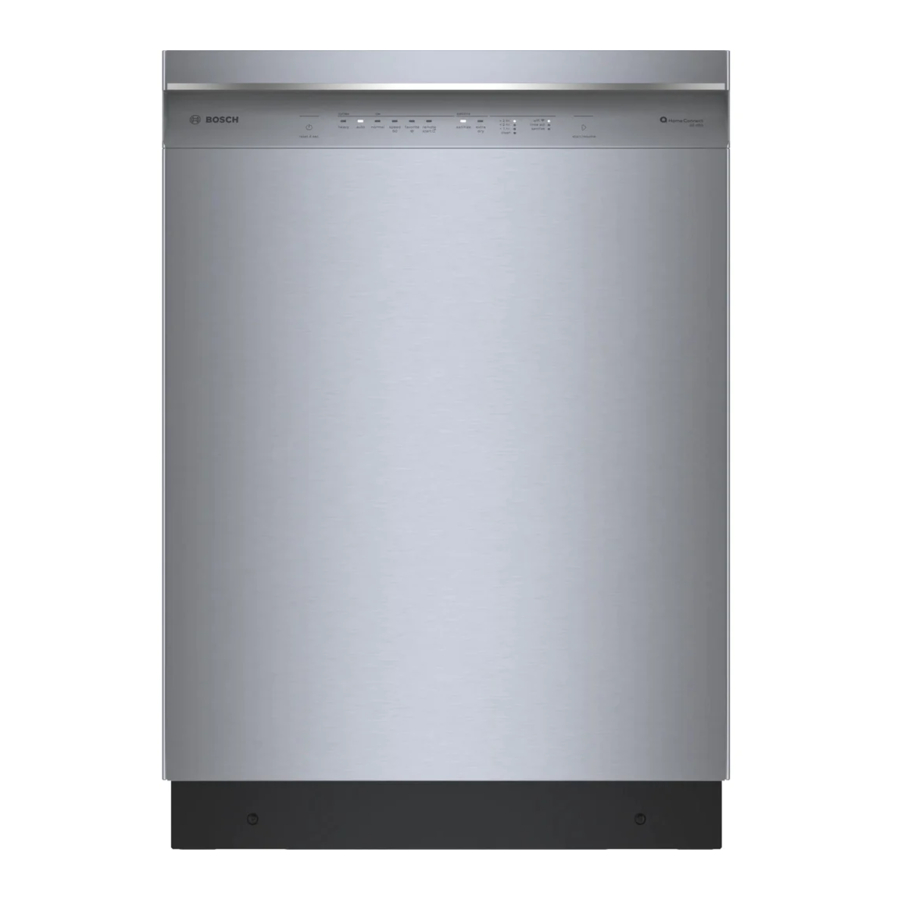Bosch FAP-OC 500Series Ürün Bilgileri - Sayfa 8
Yıkayıcı Bosch FAP-OC 500Series için çevrimiçi göz atın veya pdf Ürün Bilgileri indirin. Bosch FAP-OC 500Series 40 sayfaları. Built-in wall ovens
Ayrıca Bosch FAP-OC 500Series için: Kurulum Talimatları Kılavuzu (21 sayfalar), Kullanım Kılavuzu (40 sayfalar), Kurulum Kılavuzu (6 sayfalar), Kurulum Kılavuzu (28 sayfalar), Kullanıcı Kılavuzu (48 sayfalar), Kullanıcı Kılavuzu (48 sayfalar), Kurulum Kılavuzu (28 sayfalar), Kullanım ve Bakım Kılavuzu (44 sayfalar), Kurulum Kılavuzu (32 sayfalar), Kullanım ve Bakım Kılavuzu / Kurulum Talimatları (40 sayfalar), Hızlı Referans Kılavuzu (4 sayfalar), Kullanım ve Bakım Kılavuzu (27 sayfalar), Kurulum Kılavuzu (24 sayfalar), Kurulum Kılavuzu (32 sayfalar), Kullanım ve Bakım Kılavuzu (24 sayfalar), Kurulum Kılavuzu (28 sayfalar), Servis Kılavuzu (41 sayfalar), Kullanım ve Bakım Kılavuzu (21 sayfalar), Kurulum Kılavuzu (32 sayfalar), Servis Kılavuzu (36 sayfalar), Kurulum Kılavuzu (32 sayfalar), Hızlı Başlangıç ve Güvenlik Kılavuzu (13 sayfalar)

